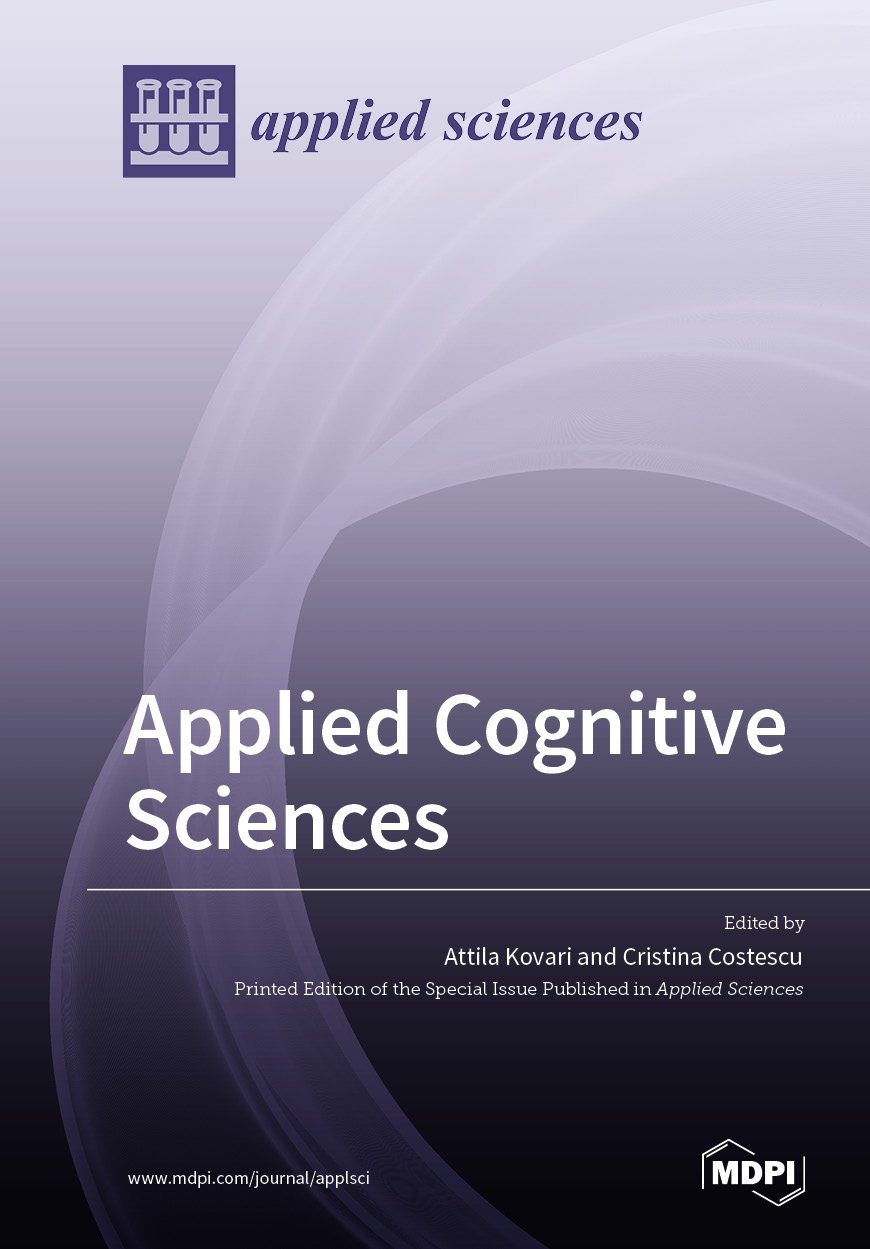An Improved Visual SLAM Method with Adaptive Feature Extraction
IF 2.5
4区 综合性期刊
Q2 CHEMISTRY, MULTIDISCIPLINARY
引用次数: 0
Abstract
The feature point method is the mainstream method to accomplish inter-frame estimation in visual Simultaneous Localization and Mapping (SLAM) methods, among which the Oriented FAST and Rotated BRIEF (ORB) feature-based method provides an equilibrium of accuracy as well as efficiency. However, the ORB algorithm is prone to clustering phenomena, and its unequal distribution of extracted feature points is not conducive to the subsequent camera tracking. To solve the above problems, this paper suggests an adaptive feature extraction algorithm that first constructs multiple-scale images using an adaptive Gaussian pyramid algorithm, calculates adaptive thresholds, and uses an adaptive meshing method for regional feature point detection to adapt to different scenes. The method uses Adaptive and Generic Accelerated Segment Test (AGAST) to speed up feature detection and the non-maximum suppression method to filter feature points. The feature points are then divided equally by a quadtree technique, and the orientation of those points is determined by an intensity centroid approach. Experiments were conducted on publicly available datasets, and the outcomes demonstrate the algorithm has good adaptivity and solves the problem of a large number of corner point clusters that may result from using manually set detection thresholds. The RMSE of the absolute trajectory error of SLAM applying this method on four sequences of TUM RGB-D datasets is decreased by 13.88% when compared with ORB-SLAM3. It is demonstrated that the algorithm provides high-quality feature points for subsequent image alignment, and the application to SLAM improves the reliability and accuracy of SLAM.基于自适应特征提取的改进视觉SLAM方法
在视觉同步定位与映射(SLAM)方法中,特征点法是实现帧间估计的主流方法,其中基于面向FAST和旋转BRIEF(ORB)特征的方法提供了精度和效率的平衡。然而,ORB算法容易出现聚类现象,其提取的特征点分布不均匀,不利于后续的相机跟踪。为了解决上述问题,本文提出了一种自适应特征提取算法,该算法首先使用自适应高斯金字塔算法构造多尺度图像,计算自适应阈值,并使用自适应网格方法进行区域特征点检测,以适应不同的场景。该方法使用自适应和通用加速段测试(AGAST)来加速特征检测,并使用非最大值抑制方法来过滤特征点。然后通过四叉树技术对特征点进行等分,并通过强度质心方法确定这些点的方向。在公开的数据集上进行了实验,结果表明该算法具有良好的自适应性,解决了使用手动设置的检测阈值可能导致大量角点聚类的问题。与ORB-SLAM3相比,在TUM RGB-D数据集的四个序列上应用该方法的SLAM的绝对轨迹误差的RMSE降低了13.88%。结果表明,该算法为后续图像配准提供了高质量的特征点,并将其应用于SLAM,提高了SLAM的可靠性和准确性。
本文章由计算机程序翻译,如有差异,请以英文原文为准。
求助全文
约1分钟内获得全文
求助全文
来源期刊

Applied Sciences-Basel
CHEMISTRY, MULTIDISCIPLINARYMATERIALS SCIE-MATERIALS SCIENCE, MULTIDISCIPLINARY
CiteScore
5.30
自引率
11.10%
发文量
10882
期刊介绍:
Applied Sciences (ISSN 2076-3417) provides an advanced forum on all aspects of applied natural sciences. It publishes reviews, research papers and communications. Our aim is to encourage scientists to publish their experimental and theoretical results in as much detail as possible. There is no restriction on the length of the papers. The full experimental details must be provided so that the results can be reproduced. Electronic files and software regarding the full details of the calculation or experimental procedure, if unable to be published in a normal way, can be deposited as supplementary electronic material.
 求助内容:
求助内容: 应助结果提醒方式:
应助结果提醒方式:


